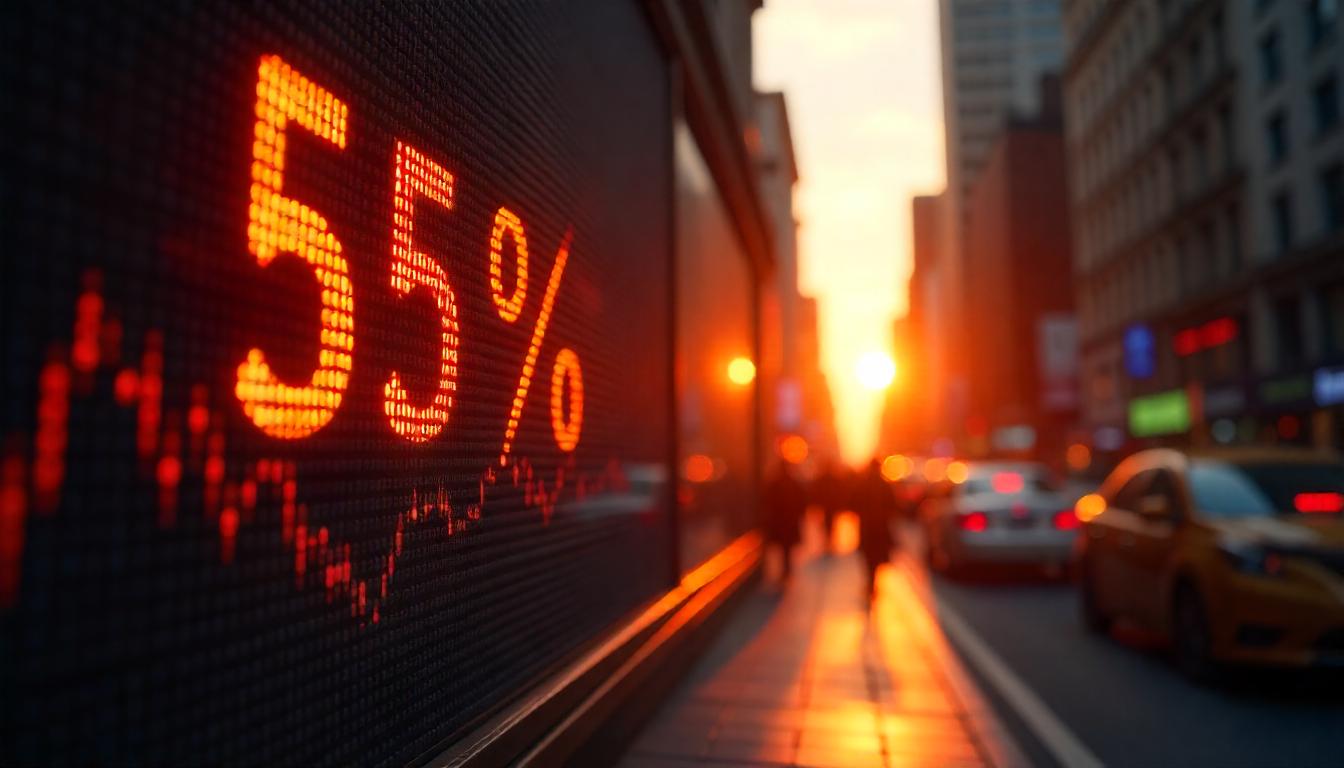On December 18, 2024, markets were rocked by a sudden shift in sentiment following the Federal Reserve’s 25 basis point rate cut and a hawkish outlook from Chairman Jerome Powell, leading to widespread panic across global financial assets.
Bitcoin (BTC) momentarily dipped below the $100,000 threshold, U.S. stock indices plunged around 3%, and the dollar index (DXY) soared to a two-year high of 108, putting additional pressure on currencies worldwide. However, the most dramatic shift occurred in the CBOE Volatility Index (VIX), which surged 74%, marking the second-largest one-day spike in its history, just behind the 116% jump seen on February 5, 2018. The VIX, often called the “fear gauge” of Wall Street, tracks market expectations for volatility and signals rising uncertainty.
Historically, large spikes in the VIX have been followed by market bottoms for both Bitcoin and the S&P 500. For example, on February 5, 2018, when the VIX soared 116%, Bitcoin dropped 16% to $6,891, only to rebound to over $11,000 by February 20. Similarly, a 65% surge in the VIX on August 5, 2024, coincided with a 6% drop in Bitcoin, which later recovered to over $64,000 by the end of the month.
The current 74% VIX jump could signal a similar reversal, as such volatility spikes have often indicated an end to short-term downtrends. According to data shared by market strategist Charlie Bilello, the S&P 500 has consistently rebounded after such sharp increases in the VIX.
As of now, Bitcoin is regaining ground, trading above $102,000, while S&P 500 futures are indicating a slight upward trend with a 0.37% gain. The question now is whether history will repeat itself, with a potential market turnaround on the horizon.





